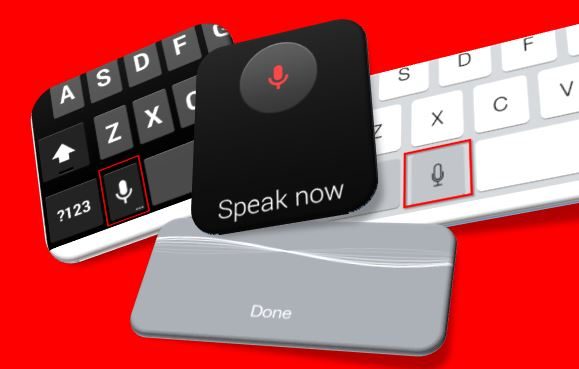 Mobile Learning – CLPL Workshop – Resource. If your school is looking to introduce all staff to embedding the use of mobile devices to support learning and teaching in your school then there is a guide available which could be useful as the basis for a Career-Long Professional learning session with all staff. This is available from the Digital Learning Community site (supported by Scottish Government and Education Scotland).
Mobile Learning – CLPL Workshop – Resource. If your school is looking to introduce all staff to embedding the use of mobile devices to support learning and teaching in your school then there is a guide available which could be useful as the basis for a Career-Long Professional learning session with all staff. This is available from the Digital Learning Community site (supported by Scottish Government and Education Scotland).
The aim of this resource is to improve the understanding of approaches to mobile learning. The guide itself is aimed at whoever might be leading the session with colleagues, perhaps in a training role, and provides a scripted framework and resources (including a PowerPoint presentation) both of which can be adapted to local need) ready to use for a 2-hour workshop for practitioners that allows for a high level of discussion and interaction.




 Transitioning into an era of mobile learning
Transitioning into an era of mobile learning
 App Task Challenges
App Task Challenges 9 Steps to a successful school BYOD implementation
9 Steps to a successful school BYOD implementation

